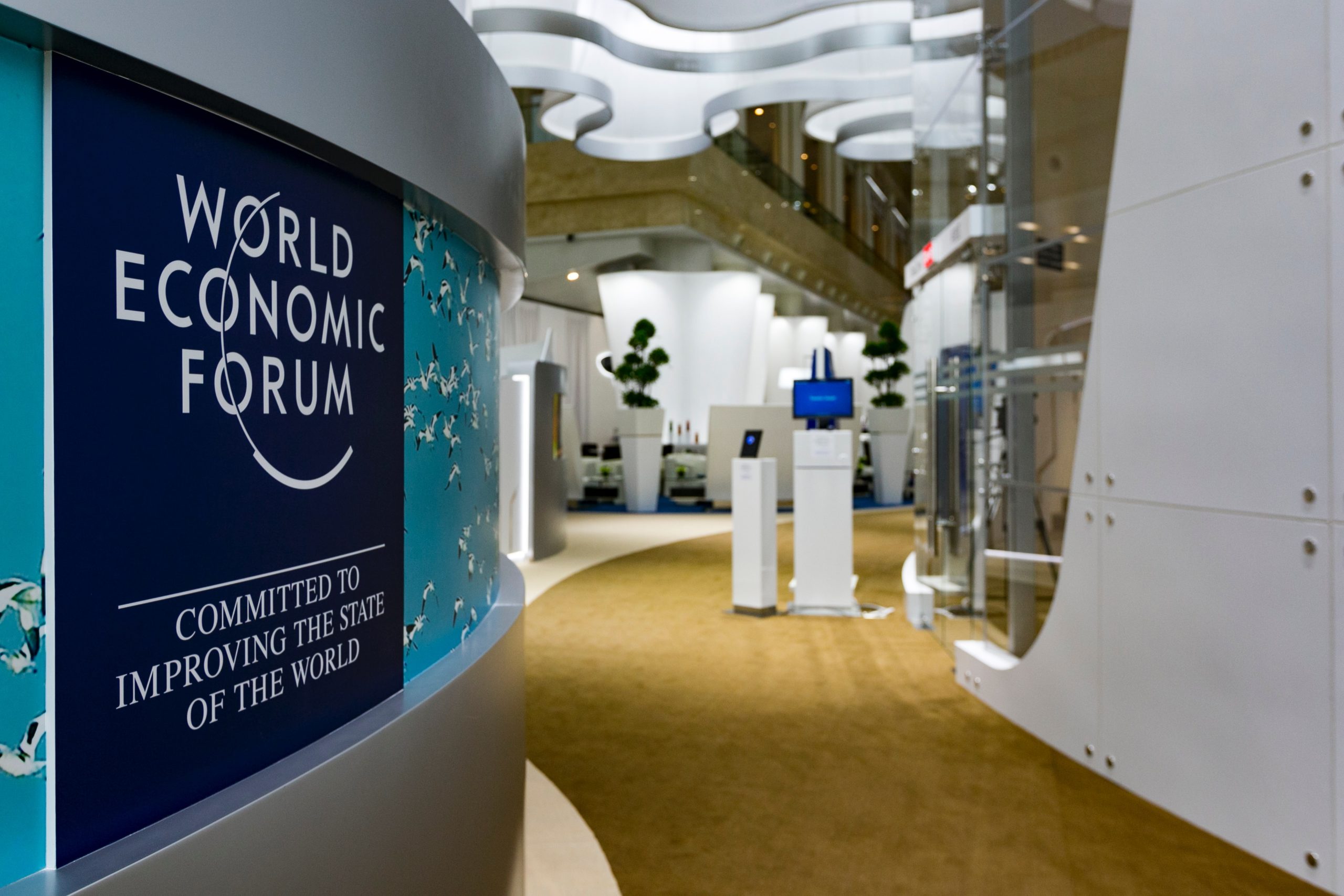A group of Ketchum colleagues (Erica Iacono, Stephen Snart and myself) recently organized and moderated a PRSA-NY panel titled “Reaching Technology and Gadget Journalists.”
The panel included five highly influential media from a variety of different outlets spanning print, broadcast and online:
- Kevin Hall, Editor-in-Chief, DVICE
- Seth Porges, Freelance Technology Journalist
- Joanna Stern, Technology Editor, ABC News
- Tim Stevens, Editor in Chief, Engadget
- Matt Tuthill, Senior Editor, Men’s Fitness
The experts above gave an engaging discussion and offered a range of valuable insights that we can easily apply to our day-to-day work. Read below for a few key takeaways on how working with tech media can differ from other beats, the most effective methods of communication, and the state of trade shows.
Only Pitch What You Believe In / Have Tested Yourself
If the product is bad it could very easily end up on a “worst of” round-up. For example, Men’s Fitness often highlights one good product and lists three or four bad products.
Email Rather than Phone Calls for Pitches
All the panelists stressed the importance of emailing and never calling them. Seth Porges thinks a generational gap account for why senior clients still believe that phone calls are more effective and he understands why PR professionals feel pressured to get on the phone but advises against it.
Pitch During The Day
Don’t send emails after hours, journalists don’t like to wake up to a flooded inbox of emails. Joanna Stern of ABC said that she devotes her morning to writing breaking news and likes to receive non-urgent pitches later in the morning or in the early afternoon.
No Attachments
Media prefer to receive a press release pasted in the body of an email. Engadget likes to post the press release in their news article and wants to be able to easily copy and paste it which can be difficult if a press release is in a PDF. They also like images to be in the body of the email in a download link or a website link. Joanna Stern says that providing b-roll will always help her with her stories since she works for a primarily video-based medium but reminds that b-roll needs to work without audio for them to be able to use it.
Don’t Pitch Via Social Media
Media are frequently finding that PR people are sending them Facebook messages or tweeting at them with pitches but find the practice intrusive and ineffective. They request that you stick with email.
App Stories Are Hard To Secure
There are too many Apps these days so the majority of the panelists don’t cover them and usually just ignore the news. Tim Stevens of Engadget said that the exception would be if the App has a primary function with a piece of hardware, such as the ability to program a DVR or change settings on a TV.
PR People Don’t Need to Know Everything but Need to Know How to Find Out Everything
The panelists don’t expect a PR person to understand the product technology to a scientific degree but they expect their PR contact to be able to get answers and facilitate communication with an expert in a timely manner. Ability to get answers is more valuable to them than memorizing product features.
Keep Subjects and Pitches Short
Tech journalists don’t need PR people to “frame the story” the way that Lifestyle journalists might need it. Tech media just want to know what the product is and how it works. They also want email subject lines to be as concise as possible and think it should just be 3-5 words because the rest gets cut off in most Outlook mailboxes.
Pace of News and Level of Reader Education Have Increased
In the past two or three years, the panelists have found that the news cycle pace has increased and it is much more challenging to get stories and product reviews up in time. They have also found that general reader education has increased and their outlet needs to be savvy about all aspects it covers. Matt Tuthill noted that just because Men’s Fitness is primarily a fitness outlet, its readers still expect cutting edge news on video games and technology because readers are also looking at technology blogs on the side and even a lifestyle publication needs to operate in the same league.
Embargos and NDAs Are Good
Tech media love getting news under embargo and are always happy to sign an NDA. However, they don’t want to go through the hassle of faxing and prefer if they can confirm by written agreement in email. They always want to learn about the news as early as possible. Even if a product isn’t coming out for a few months, they’d like to hear about it in advance so they can prepare; it’s never too early for them.
CES is Still Important
CES is still a crucial point in time for tech media, both because their readers are hungry for it and also because it gives them the opportunity to meet a lot of people and learn about a lot of different technologies in a condensed period of time. Other trade shows like Pepcom are less important in terms of finding a story or learning about new products but they still find them valuable from a networking perspective and like to meet executives or R&D representatives.


